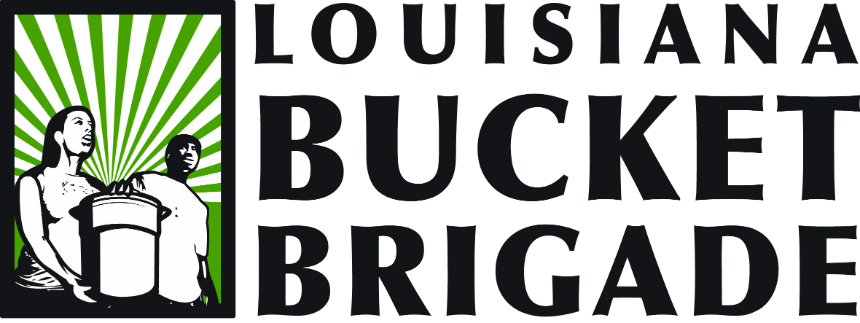| Home | Search | Emissions | Pollutants | About the Database |

Shell Chemical East (26336), Norco
LDEQ Accident Report
| Accident # | 140766 |
| State Police # | 12-04006 |
| Accident Date | 2012-06-23 |
| Report Date | 2012-08-22 |
| Follow-up Date | 0000-00-00 |
| Follow-up: | No |
Pollutants Released
| Pollutant | Duration | Point Source | Greenhouse Gas | Criteria Pollutant | Ozone forming chemical | Amount of Release |
| Ethylene | 4d 11h 20m | GO-1 Pressure Relief Device | NO | NO | YES | 8,663.0 pounds |
| Carbon Monoxide | 4d 11h 20m | West Ops Ground Flare (EPN 9-84); GO-1 Elevated Flare (EPN 1-90) | NO | YES | NO | 107,188.4 pounds |
| Nitrogen Oxide | 4d 11h 20m | West Ops Ground Flare (EPN 9-84); GO-1 Elevated Flare (EPN 1-90) | NO | YES | YES | 19,679.5 pounds |
| Particulate Matter | 4d 11h 20m | West Ops Ground Flare (EPN 9-84); GO-1 Elevated Flare (EPN 1-90) | NO | YES | NO | 3,708.1 pounds |
| Sulfur Dioxide | 4d 11h 20m | West Ops Ground Flare (EPN 9-84); GO-1 Elevated Flare (EPN 1-90) | NO | YES | NO | 3,662.8 pounds |
| Volatile Organic Compounds (VOCs) | 4d 11h 20m | West Ops Ground Flare (EPN 9-84); GO-1 Elevated Flare (EPN 1-90) | NO | NO | YES | 51,011.3 pounds |
| 1,3-Butadiene | 4d 11h 20m | West Ops Ground Flare (EPN 9-84); GO-1 Elevated Flare (EPN 1-90) | NO | NO | YES | 3,600.2 pounds |
| Benzene | 4d 11h 20m | West Ops Ground Flare (EPN 9-84); GO-1 Elevated Flare (EPN 1-90) | NO | NO | YES | 825.7 pounds |
| Hexane | 4d 11h 20m | West Ops Ground Flare (EPN 9-84); GO-1 Elevated Flare (EPN 1-90) | NO | NO | NO | 582.1 pounds |
| Toluene | 4d 11h 20m | West Ops Ground Flare (EPN 9-84); GO-1 Elevated Flare (EPN 1-90) | NO | NO | NO | 38.3 pounds |
| Styrene | 4d 11h 20m | West Ops Ground Flare (EPN 9-84); GO-1 Elevated Flare (EPN 1-90) | NO | NO | NO | BRQ |
| Polynuclear Aromatic Hydrocarbons | 4d 11h 20m | West Ops Ground Flare (EPN 9-84); GO-1 Elevated Flare (EPN 1-90) | NO | NO | YES | BRQ |
Accident Classified As: Reportable Quantity
Cause of Problem: Process Upset
On June 23, 2012 Shell Chemical's GO-1 flared at the GO-1 Elevated Flare. The flaring was a result of an upset when the Propylene Refrigerant Compressor kickbacks started swinging and affecting the rest of the process unit. The swings became uncontrollable and the cold-side of GO-1 was shutdown to get the propylene refrigerant compressor and the ethylene refrigerant compressor under control. GO-1 flared process gas off the Process Gas Compressor 4th stage discharge and light fractionation columns, dry gas off the dry gas compressor discharge, and propylene and ethylene off the refrigeration compressors. On June 23, 2012 Shell Chemical's GO-1 experienced a unit upset which led to flaring at Motiva's West Operations Ground Flare (EPN 9-84). The flaring was a result of a unit upset that caused a cold-side shutdown of the GO-1 Process Unit.
Discharge Preventable - Yes
This incident was preventable by Shell Chemical
Notes/Remedial Actions
The report was submitted more than seven days after the incident and verbal notification. GO-1 operations took the necessary steps to minimize flaring and safely return the unit to normal operating conditions and the flaring stopped. During this incident a pressure device opened to lower process pressure, releasing ethylene to the atmosphere. GO-1 operations took the necessary steps to safely return the unit to normal operating conditions and the flaring stopped. The pressure relief device closed once the pressure was lowered below the set-point. GO-1 Operations completed a Management of Change to reset the parameters in the compressor surge control system for the propylene refrigerant compressor to allow for the compressor to be restarted and prevent a reoccurrence of another similar incident. Motiva did not exceed any reportable quantities or maximum permitted limits. Shell Chemical - East exceeded its reportable quantity for highly reactive volatile organic compounds (ethylene) which was released from the a pressure relief device on GO-1 operations. It also exceeded its maximum permitted limits for 1,3 butadiene and hexane. It flared for 1 day and 21 hours (45 hours). Although Shell Chemical - East has stated that no reportable quantities were exceeded from flaring, some chemicals, such as benzene (RQ: 10 lbs) and sulfur dioxide (RQ: 500 lbs), etc. , exceeded their reportable quantities. The release of particulate matter from both flares was reported as smoking.

Connect With Us: